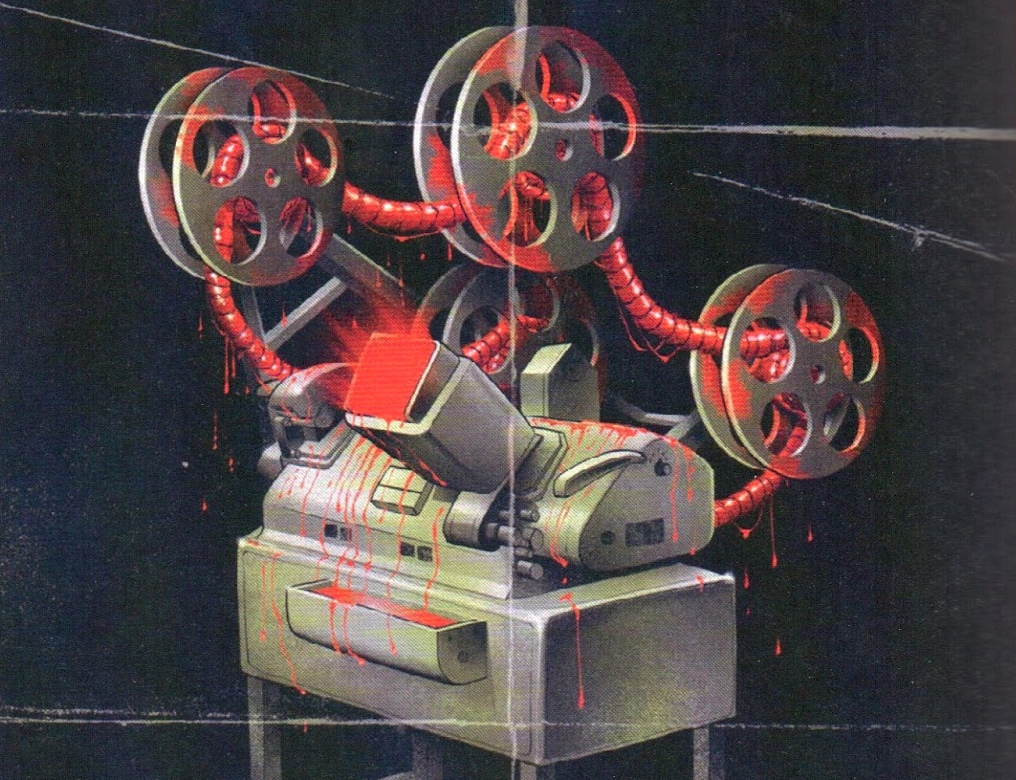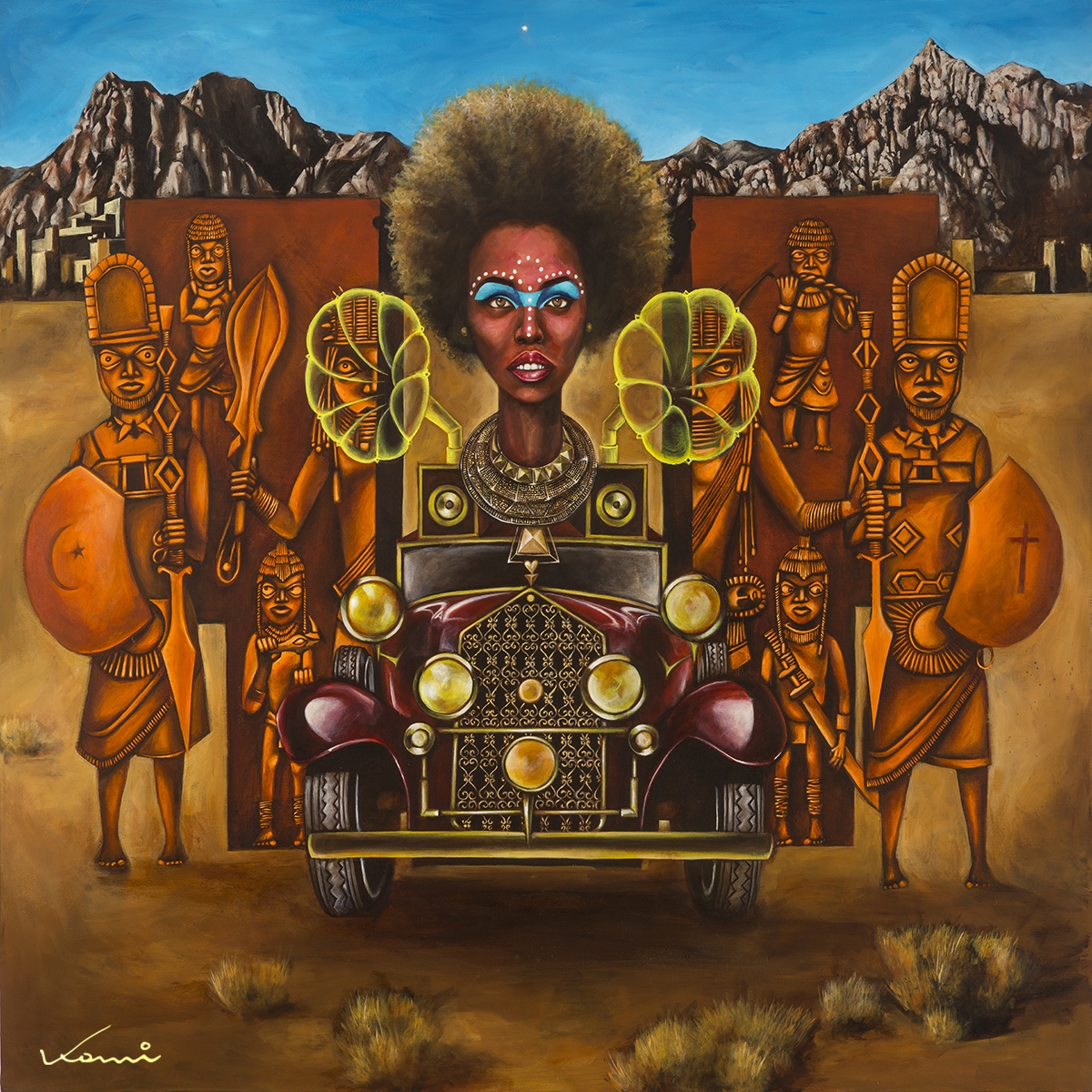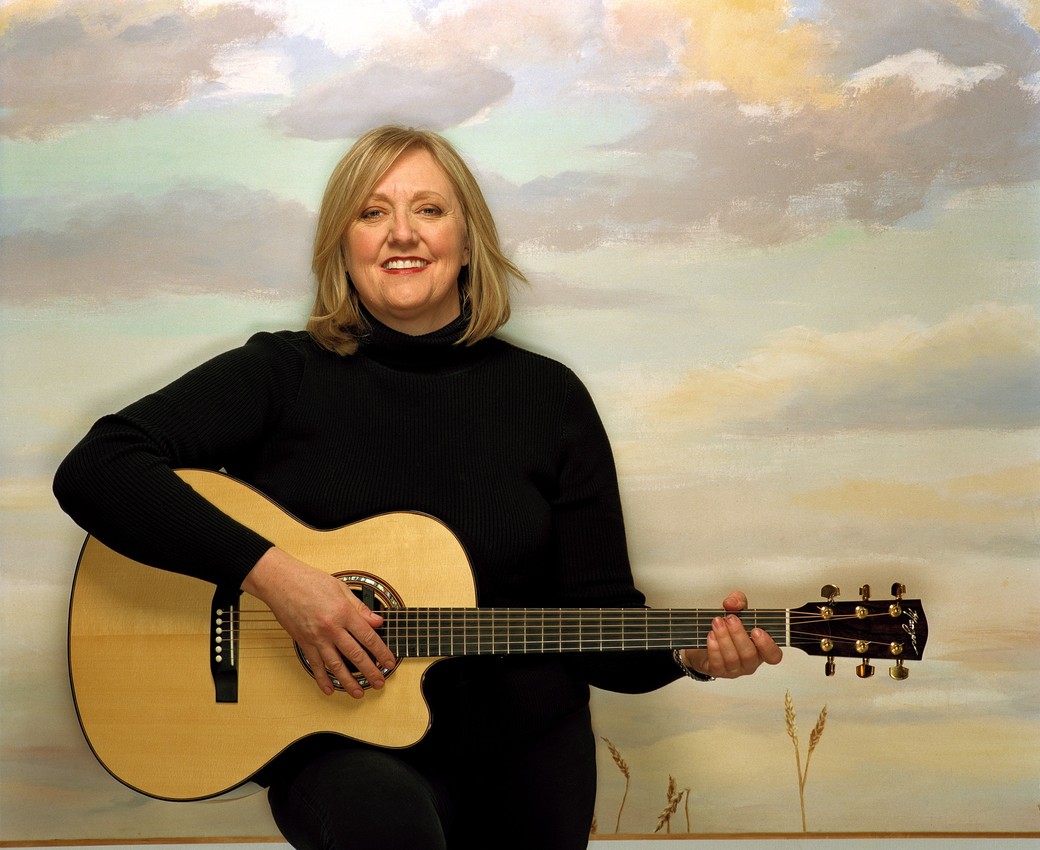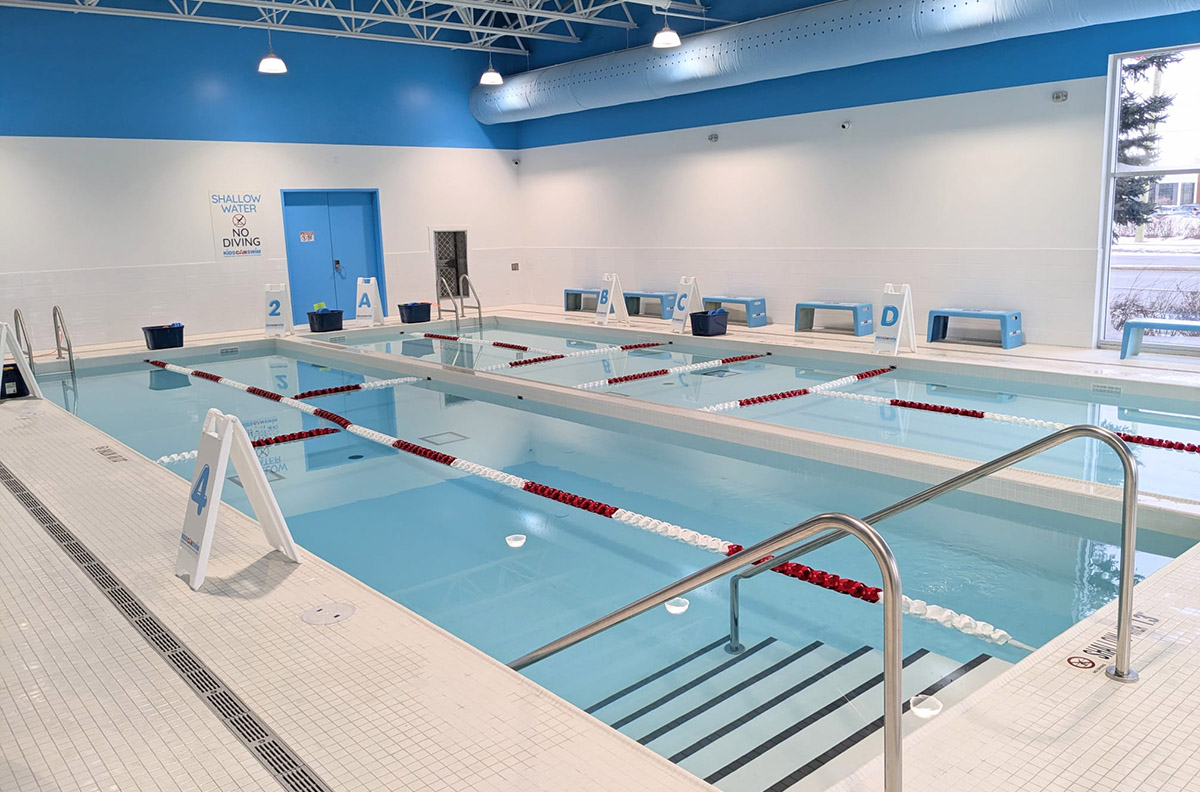
The Great Red North: Canuck Horror Cinema
For a country known for our over politeness, we Canadians sure do love finding new and interesting ways to kill people –well, cinematically speaking, that is. While there have been no masked psychos inventively using a hot Double Double as an instrument of death, collectible glass unicorns, an old mining pick, a deadly booby-trapped Rubik’s Cube and a film slate have all been creatively used to dispatch somebody in the genre that is Canadian horror cinema.
Ok, I'll be the first to admit that we may not have created the franchise longevity of a Freddy, Jason or Michael Meyers but we can at least lay claim to one famous movie Mike Meyers. Come to think of it, since the horror version did wear a Shatner mask that's kinda' Canadian, right? Seriously, though, how an 80’s Ryerson film student at the peak of the '80’s slasher genre didn’t create a killer Mountie named Deadly Do Wrong is beyond me.
Still, Canucks have had some major impacts on the genre. We're able to call some of the classics our own and have at least one film under our belts that launched a thousand murderous ships.
It's interesting to think the same man who gave us the charming Ralphie and his Red Ryder BB gun in the beloved holiday classic A Christmas Story also unwrapped the murderous Billy in 1974’s Black Christmas. Bob Clark’s holiday horror film shot in Toronto would later serve as the influence for Halloween, the film most look towards as creating the modern slasher genre that permeated much of 1980’s horror cinema. However, Black Christmas employed the staples of those types of films four years before John Carpenter turned Michael Myers loose on those unsuspecting babysitters.
Whatever your stance on politics may be, Canuxploitation flicks owe a lot to the Government, a topic explored in Xavier Mendik’s upcoming documentary Tax Shelter Terrors. In the '70's we offered a one-hundred-percent Capital Cost Allowance for any films that could be viewed as certifiably Canadian. Basically, this meant that if a film had a Canadian producer and at least a crew and cast two-thirds Canuck, the country would offer filmmakers the opportunity to defer paying taxes until a profit turned on the product. That was a fruit too sweet for many not to pluck.
The floodgates were open and Hollywood North was born. Through those gates walked a lot of enterprising young horror directors looking to make a film cheaply and turn a quick buck on the always popular horror genre. Films like The Changeling (1979), Prom Night (1980), My Bloody Valentine (1981), and Visiting Hours (1982), all shot here, have become classics sticking out above a slew of more forgettable titles made when the getting was good.
“I think what’s exciting about horror, for a lot of independent filmmakers who have a small budget, is that it’s probably the only genre in the world where you can make a movie without a movie star,” says local indie-film director Lee Demarbre.
Now running the Mayfair Theatre, which has shown many Canadian horror flicks over the years, Demarbre also has helmed his own Canuck cult flicks in Jesus Christ Vampire Hunter (2001), Summer’s Moon (2009) and Smash Cut (2009).
“In horror you don’t need that star. The genre is good enough on its own,” he says. “As long as you can put in a zombie, a good monster or a good scare people are going to watch it.”
Demarbre remembers Toronto-born director David Cronenberg to be a big deal when he was growing up. Starting with Shivers (1975), Cronenberg’s continued a steady output of quality horror films that were not your typical slice and dice fare. His films The Brood (1979), Rabid (1977), Scanners (1981) and Videodrome (1983) are one’s Demarbre still remembers everyone talking about after they were released.
“He’s probably the only Canadian filmmaker to make movies in Canada that became watercooler talk,” he recalls. “I just remember people saying how you had to see those movies. They didn’t seem like Canadian movies. They seemed like big Hollywood movies because everyone was talking about them.”
Demarbre also remembers being terrified when his mother took him to see The Gate (1987). In the film, an intense struggle between good and evil begins in a hole found in a suburban backyard. That backyard just happened to be shot in Ontario.
“Canadian horror films are pretty rad,” Demarbre says with a chuckle.
Though there was a bit of a dip in the 1990s due to the collapse of the tax shelter benefits, Canadian horror has seen a resurgence in recent years. Films like Pontypool (2008), American Mary (2012) and the Ginger Snaps films as well as companies like Astron-6 and Raven Banner have all ensured a steady stream of red continues to run through the Great White North.
As Halloween approaches, here’s a few of more obscure films you can include in your Canuck Horror Fest! Be forewarned, there are a few spoilers:
 The Mask (1961)
The Mask (1961)
Directed by Julian Roffman
Starring: Paul Stevens, Claudette Nevins and Bill Walker
Filmed in Toronto, Ontario
The one that started it all! Before another Canuck named Jim Carrey slipped on a now more famed piece of cinematic facial-wear, Californian Paul Stevens dawned a less iconic movie mask. Though not as well-known as the 1990’s flick with the same name, Julian Roffman’s 1961 film The Mask would become iconic for being now known as the first Canadian horror film. The plot is a little tedious –psychiatrist is seduced by an ancient mask to the point of insanity– but that’s not why you’re here. The film is most known for its use of 3-D. Very weird 3-D. The meanderings through surrealism here are enough to make even Salvador Dali scratch his head and wonder what’s going on. These sequences last less than 15 minutes of the film’s running time but are each beautifully shot mini-movies. Denigrated over time, the film was restored by the Toronto International Film Festival in 2015 and realeased in all it’s 3-D glory by Kino.
 The Creeper (1977)
The Creeper (1977)
Directed by Peter Carter
Starring: Hal Holbrook, Lawrence Dane, Robin Gammell
Filmed in Batchawana Bay, Lake Superior and Klinburg, Ontario
You know you’re obscure these days when you don’t even have a Wikipedia entry for your flick. Once known as Rituals, this film is Canada’s answer to Deliverance only with more dead deer and less sketchy Southern yokals. Shot in the Ontario wilderness, the flick follows five doctors on a camping trip who are off’ed one by one by a disfigured killer. Kind of makes you wonder if those behind Friday the 13th saw this, doesn’t it? One-sixth of the film’s budget went to pay star Hal Holbrook’s salary and it shows. Still, for what it’s worth, it’s a good atmospheric woodland slasher flick that odly, considering the genre, doesn't have a single female in the cast.
 Funeral Home (1980)
Funeral Home (1980)
Directed by William Fruet
Starring Kay Hawtry, Lesleh Donaldson and Barry Morse
Filmed in Elora, Guelph, Markham and Toronto, Ontario
Don’t you just hate it when guests at your bed-and-breakfast start turning up dead? Probably shouldn’t have tried to convert that creepy funeral home or, better yet, let that escaped mental patient with a morality fix check in, then. Though the film does provide a few jolts, overall it's pretty snooze-inducing and chugs along to an ending that will make you wonder if everybody just up and moved into the Bates Motel. If you believe the film’s star Lesleh Donaldson, this flick is a cult classic in Mexico!
 Ghostkeeper (1981)
Ghostkeeper (1981)
Directed by Jim Makichuk
Starring: Riva Spier, Murray Ord and Sheri McFadden
Filmed in Lake Louise, Banff National Park, Alberta
As a country known for its frigid winters and trees, the Canadian horror genre sure took its time making a flick set in the wintery wildness. Filmed in beautiful Banff National Park, this film is heavy on atmosphere but light on plot. It’s an unhappy New Year for Jenny, Marty and Chrissy who decide to snowmobile on New Year’s Eve and get stuck in a blizzard. Their second mistake is waiting it out in a not-quite-abandoned motel. Never take a bath with a Big Foot, folks. The film’s budget ran out halfway through and in order to finish the crew decided to toss the script out the window and make things up as they went along. That explains the abrupt shift in the film’s second half which still, at least, maintains the claustrophobic and chilly atmosphere of the first 45 minutes. It also includes a great score by Paul Zaza better known for his music in Prom Night and My Bloody Valentine.
 Curtains (1983)
Curtains (1983)
Directed by Richard Ciupka
Starring John Vernon, Samantha Eggar and Linda Thornson
Filmed in Toronto, Caledon and Muskoka, Ontario
Six actresses vie for a role anybody would kill for…and somebody is! I love this film if only for the insane ice skating scene alone. Sure it had a troubled production, multiple rewrites, casting changes, loss of director and was put on the backburner for a year but the end result is not your typical 80’s horror flick. There’s actually a maturity in Curtains that director Richard Ciupka was aiming for. Not everybody agreed with his vision, though, and he left the project having only shot forty-five minutes of the film. Though following the slasher genre recipe (mysterious masked killer, cabin in the woods, beautiful victims, etc.) the film feels fresh in the way it approaches the material it has to work with. The acting for this type of film is very good and the its twists do keep you guessing until the curtain goes up on the big reveal.
 Pin (1988)
Pin (1988)
Directed by Sandor Stern
Starring: David Hewlett, Cynthia Presten and Terry O’Quinn
Filmed in Iberville and Saint-Lambert, Québec
Some kids have an invisible friend and others find companionship with an anatomy doll. Meet Pin, the macabre medical mannequin and his buddy Leon. Leon would be the 1980’s version of Norman Bates if the Pyscho franchise hadn’t already been resurrected at the time. It’s the film that reminds you to never get too chummy with your lab equipment.
 The Paper Boy (1994)
The Paper Boy (1994)
Directed by Douglas Jackson
Starring: Alexandra Paul, Marc Marut and Brigid Tierney
Filmed in Rosemere, Québec and Toronto, Ontario
Maybe paperboy Johnny, the 90’s demented answer to Beaver Cleaver, wouldn’t have gone bad if people would have just given him better tips. Marc Marut makes a chilling mark on the killer-kid sub-genre even in a film that threatens to get weighed down by subpar acting and predictable plot with enough cheese to fill a St. Albert’s warehouse. The unintentional comedy does have a certain charm. Poor Johnny, all he wants is a little love and maybe a decent tea party.
 End of the Line (2007)
End of the Line (2007)
Directed by Maurice Devereauz
Starring: Illona Elkin, Nicolas Wright and Neil Napier
Filmed in Montreal, Québec and Toronto, Ontario
An exceptionally creepy flick that will have you thinking twice before entering the Montreal underground, this flick has a lot going for it. Outside of the claustrophobia of being enclosed in a subway tunnel, you have strange supernatural forces, CHUDS, the possible end of the world, drug-laced muffins and enraged cults. What’s not to like? It’s like somebody put a bunch of flicks in a blender and hit mix!
 Smash Cut (2009)
Smash Cut (2009)
Directed by Lee Demarbre
Starring: David Hess, Sasha Grey and Michael Berryman
Filmed in Ottawa, Ontario
Sometimes creating art requires a great sacrifice. In Smash Cut, it requires a lot of them! Inspired mainly by the crimson drenched classic Color Me Blood Red (1965), the film is a loving tribute to Herschell Gordon Lewis, creator of the splatter-horror subgenre and known as the Godfather of Gore. Demarbre clearly is as well-versed in as he is fond of his source material. As a kid, Demarbre remembers walking into Jumbo Video and standing in front of a vast section of horror films being drawn to the Lewis helmed films because of the bloody artwork on the VHS boxes.
 “When you’re a kid you find yourself laughing and thinking these movies are so stupid but loving them. They are so bad they’re good. But, as I got older, I realized there was a voice behind the camera, there’s a visionary here, and I started admiring Herschell as an artist,” Demarbre tells Ottawa Life.
“When you’re a kid you find yourself laughing and thinking these movies are so stupid but loving them. They are so bad they’re good. But, as I got older, I realized there was a voice behind the camera, there’s a visionary here, and I started admiring Herschell as an artist,” Demarbre tells Ottawa Life.
Lewis stars in the film and he also suggested the title. The cast also includes cult horror stars Michael Berryman and David Hess along with some local talent like Jennilee Murray. Ottawans will recognize a lot of the films locations including the interior of the Mayfair.
 The Editor (2014)
The Editor (2014)
Directed by Adam Brooks and Matthew Kennedy
Starring: Paz de la Huerta, Adam Brooks and Matthew Kennedy
Filmed in Winnipeg, Manitoba and Kenora, Ontario
This move is so over the top it strives to create a new plateau even this late in the genre. Then again, it’s really hard to pigeonhole The Editor into any one category of horror. Is it a parody, a tribute, a slasher flick, a comedy? The answer is really all of the above with the film owing much to the Italian genre of horror films known as Giallo. Much like other flicks in the genre, The Editor does get a little sluggish in parts but more than makes up for it with how bizarre it is. Each new character stranger and campier than the last. Sure, there may be only eight of us who were waiting for a Giallo parody flick but all of us can agree the crew at Astron-6 really know how to reproduce the slock that came before them.
Got some other Canadian horror flicks we missed? Tell us in the comments below?













